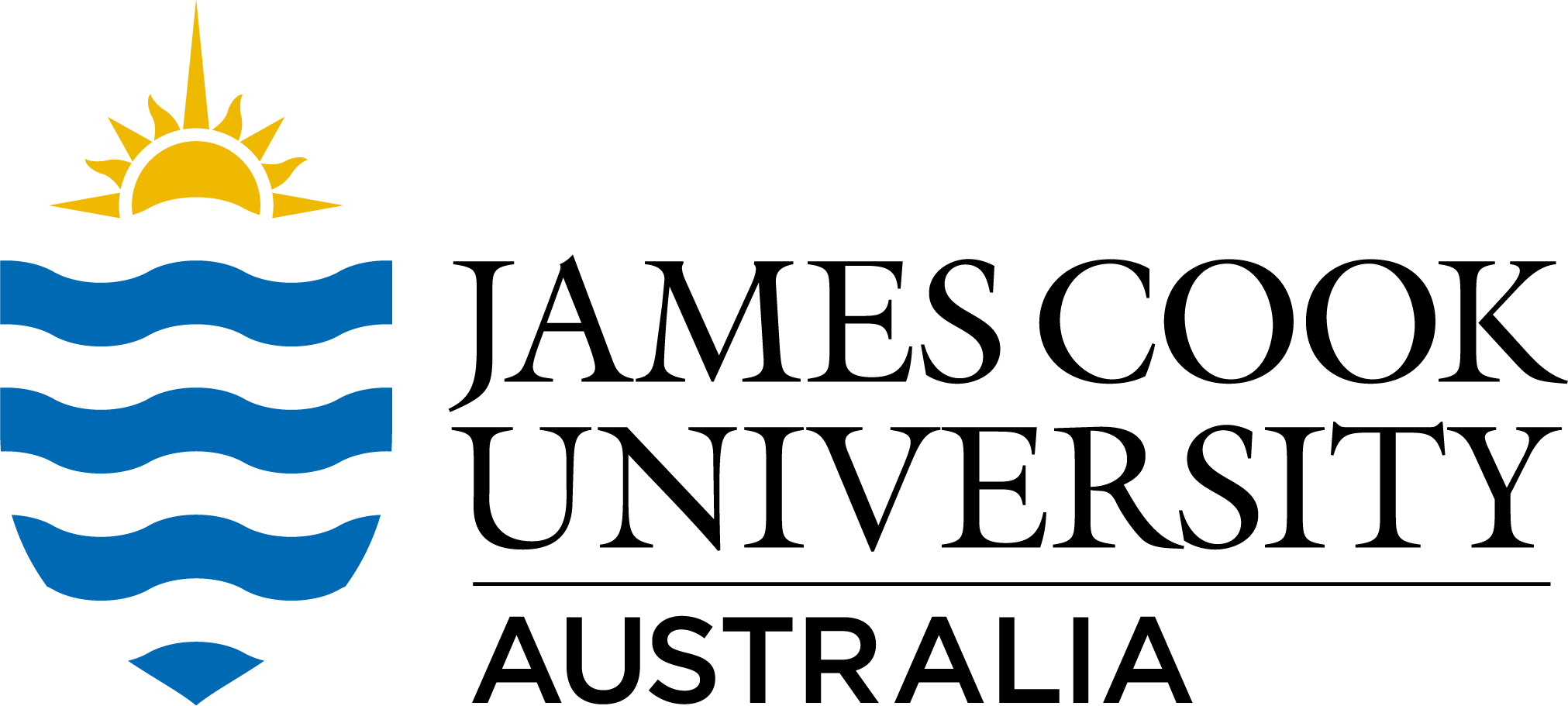Full description
The Lighthouse at Townsville Aboriginal and Islander Health Services (TAIHS) is a diversionary service working with young people who are at risk or high risk of offending in the Townsville community. Social work researchers from JCU and staff from the Lighthouse program were interested in creative ways of exploring the needs of service users and to develop a strengths based resource for the work with young people whose voices are sometimes missing in reports, and in policy, program and resource development (add references from above). Using photovoice as a research approach with service users at The Lighthouse was about enabling them to present their day to day lives and perspectives. The participants in this study took photographs of places and objects that were meaningful to them and then explored their photos within focus group conversations using the SHOWeD method: “What do you See here? What is really Happening? How does this relate to Our lives? Why does this situation exist? What can we Do about it?” (Smith et al., 2012, p. 6). A further objective was to develop a strength card resource with young people, based on their photographs and discussions. The tally of young people who took part in the photo excursions and the focus group yarning/discussions consisted of: · 24 separate individuals who attended the program: 12 females, 12 males · Between 5 and 11 participants attended per session · 9 young people attended the focus groups discussions: 4 females, 5 males The age range of the young people attending program sessions and focus groups was 10-17 years. Software/equipment used to create/collect the data: Software/equipment used to manipulate/analyse the data:Notes
The data consists of de-identified transcripts of two focus groups (two pdf files), and a poster relating to the project (one pdf).Created: 2021-03-19
Data time period:
2018-2019
Spatial Coverage And Location
text: Townsville
Subjects
User Contributed Tags
Login to tag this record with meaningful keywords to make it easier to discover
Identifiers
- DOI : 10.25903/RR0V-VF74

- Local : researchdata.jcu.edu.au//published/a033197b6934e1abf4a269760020a43d


